Oryza
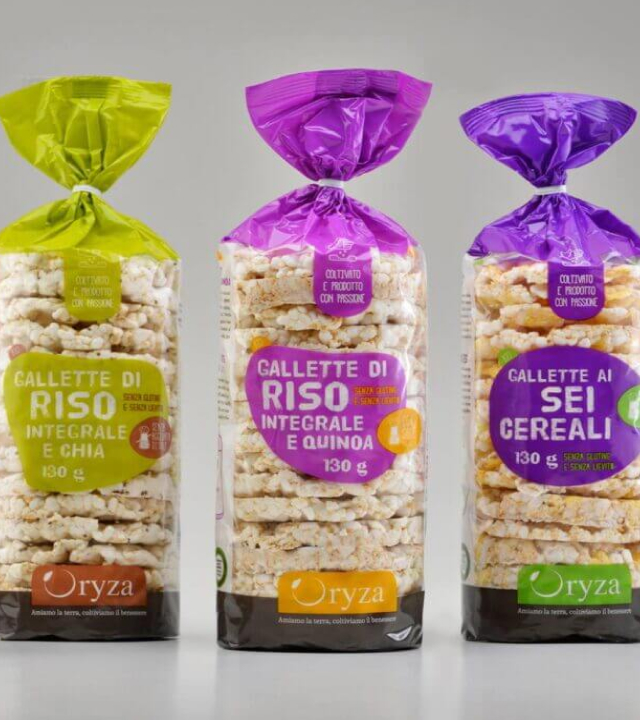
The Systemic Design project occurred in Torino, where Oryza, a small cereal cake company from Tricerro in the province of Vercelli, a location well known for rice production, asked us to rethink its production process from a circular perspective.
We proposed a new sustainable development model for their manufacturing activities to generate a new economic, productive, social, and ethical system in the company that could be implemented in the following years.
I conducted initial territory and user research to translate the insights into a system mapping. Then, we identified problems, created and evaluated solutions that could be aligned with the company’s values and goals.
Company
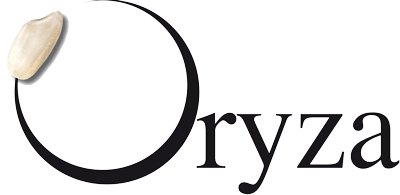
My role
Strategic designer,
Systemic designer,
User researcher
Timeline
Five months
2019
Tools Used
Adobe AI, Excel, Powerpoint
Territory and user research
The design process began by studying where Oryza’s company is, Vercelli. We analysed the territory, considering the geography, weather and crops, demography, education, economy, waste management and cultural aspects to use the territory’s advantages to understand the system.
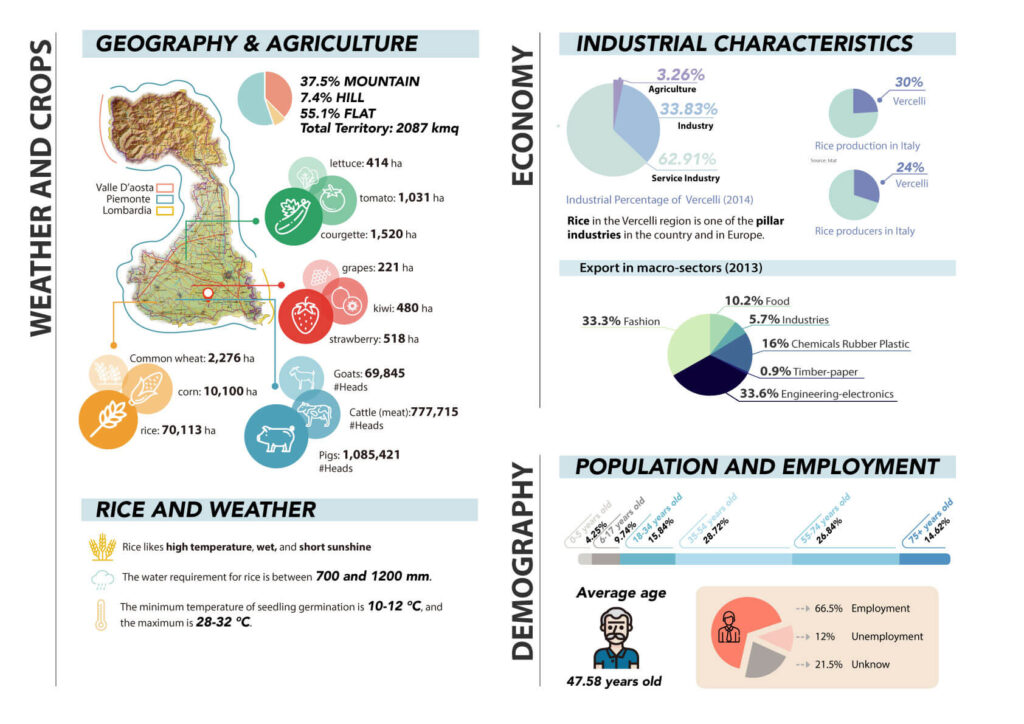
On the other hand, we conducted field research on the company and interviewed the CEO and three workers to gain insights into the current production process. The results of the research were translated into the next map system.
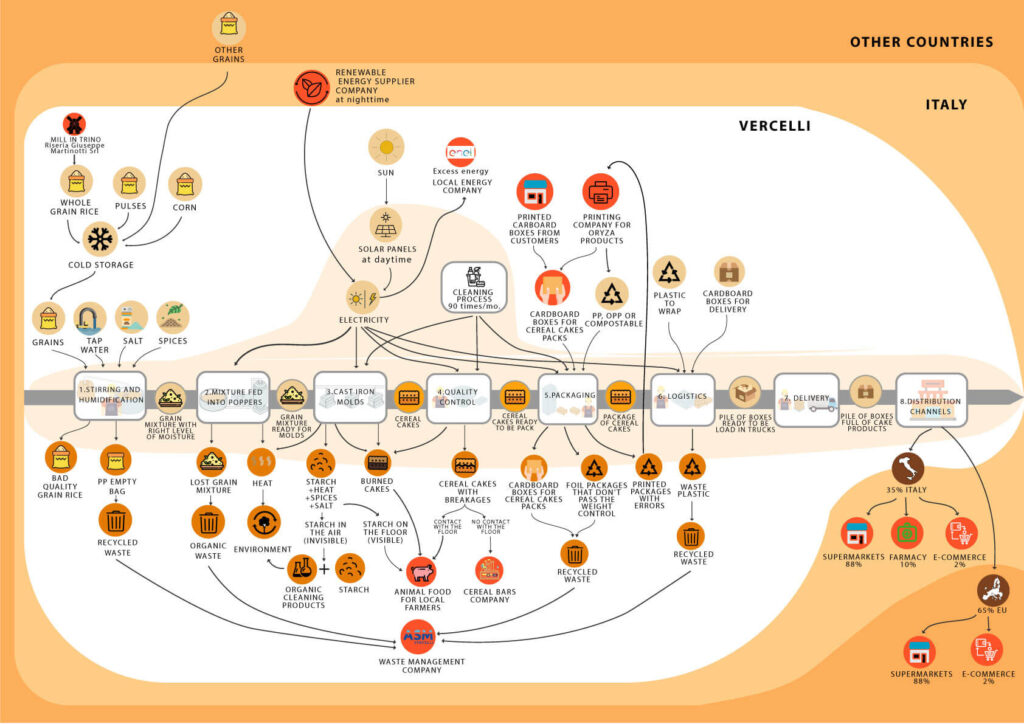
Problems identification
After analysing the map system, we identified problems that could be rethought in a circular perspective by studying inputs and outputs per process.
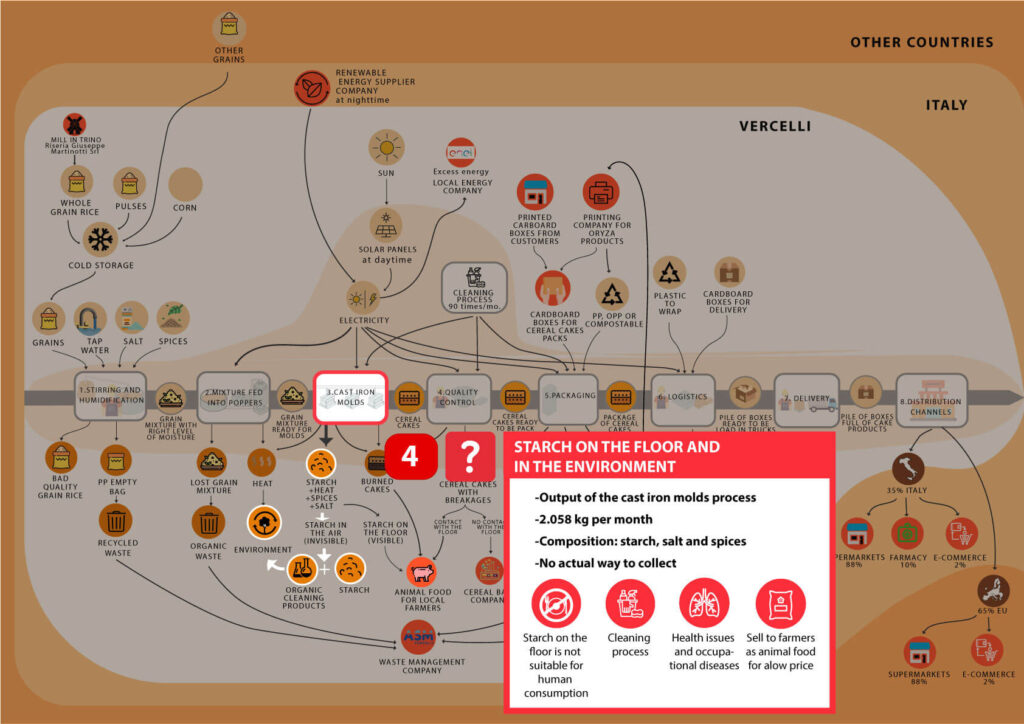
Solutions
After identifying the problems, we presented various solutions and evaluated them based on four categories: environmental sustainability, economic sustainability, territory involvement, and industrial reproducibility.
Opportunity analysis of starch
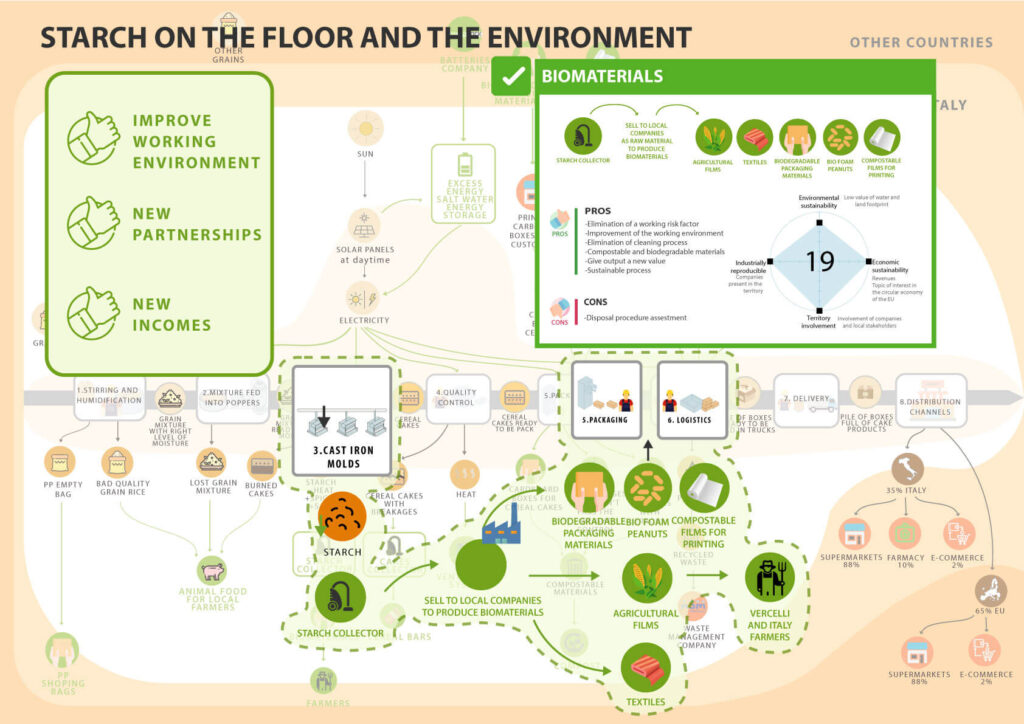
Conclusions
Oryza’s team was pleased with the proposal and has begun implementing two solutions. The project’s success is attributed to the interdisciplinary approach and systemic methodology. This methodology improves the system by generating new relationships and opportunities based on Vercelli’s potentialities, transforming outputs into inputs and giving new products a sustainable value.


